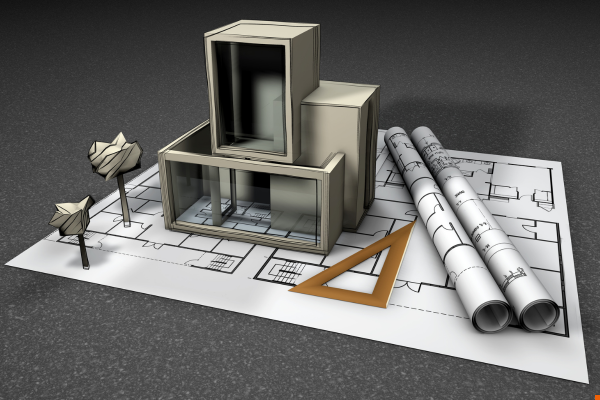Blog Fullwidth without Sidebar
Home > Blog Fullwidth without Sidebar

Modeling of a Residential Photovoltaic System and Model Validation Using Measured Data
Mar 10, 2022 | Articles, Technology
Incident Solar Radiation The south facing roof gets the maximum exposure of sun during the day, so...

Time Impact Analysis (TIA®)
Mar 9, 2022 | Articles, CPM Scheduling & Sched Analysis, Systems Thinking & Complexity Theory
Robert C. McCue, P.E., Consulting Engineertia-graphic
Stephen M. Rymal, P.E., Esq., Consulting Engineer
MDC Systems®
Critical Path Method (CPM) schedules and formalized methods of analyzing schedule impacts started to enter mainstream construction management practice in the early 1980’s. At that time, the industry recognized a need to accurately and scientifically measure schedule delays and conversely the affects of acceleration in real time during construction and also retrospectively after the work was completed. The ability to determine which party ultimately bore responsibility for schedule delays became the main focus on many projects as the assessment of liquidated damages or granting compensable time extensions became critically important to both owners and contractors. Just as the Rosetta Stone provided scholars with a means to translate Egyptian hieroglyphics into Greek text, Time Impact Analysis (TIA®) provides users with the means to translate Critical Path Method (CPM) activities into understandable schedule impacts.

Risk Management: Insuring Continuity of Supply
Mar 8, 2022 | Articles, Project/Construction Management
Over the last several years, supply management professionals have been spending a majority of their time in creating, implementing and managing Business Continuity Planning (BCP) for critical products, materials and services. BCP is a strategic management process that focuses on insuring continuity of supply. The main objective is to identify and minimize or eliminate business interruptions in the event of a catastrophic event or major incidents occurring within the supply chain that can lead to adverse consequences for your business. Ten to twenty years ago, supply disruptions were caused by major snow storms, truck breakdowns, labor strikes, fire or explosions, electrical outages, machine breakdowns or even a truck driver making an unscheduled social visit.
MDC Systems® Presented at ASHRAE, Baltimore Chapter, May 2013
Mar 7, 2022 |
E. Mitchell Swann, Consulting Engineer at MDC Systems®, presented at the ASHRAE Baltimore Chapter...
